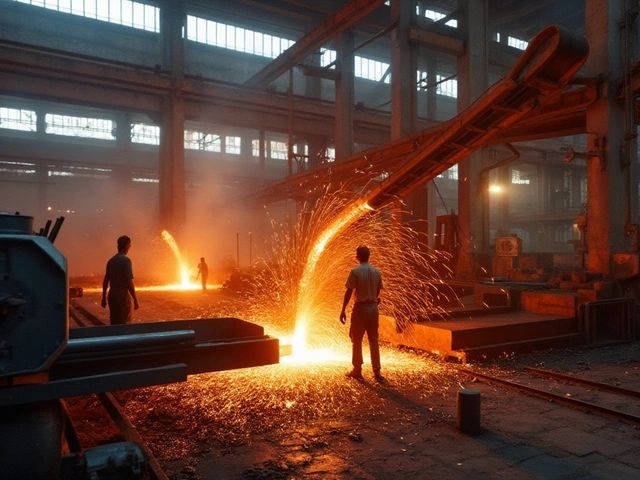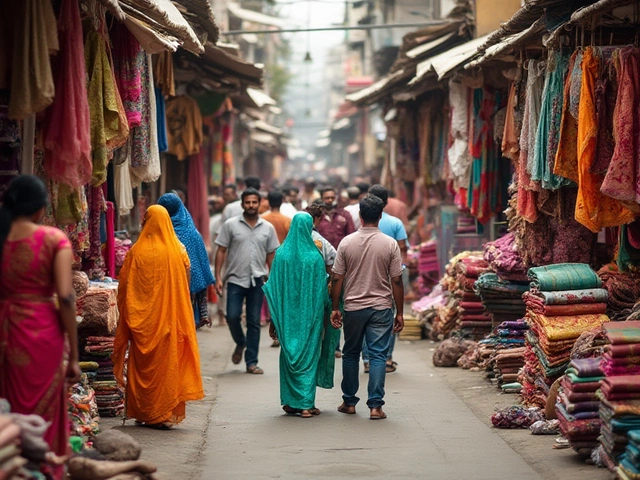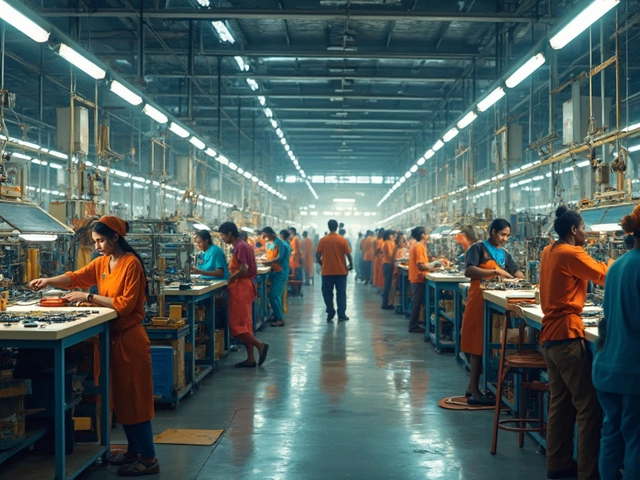Furniture Manufacturing: Materials, Supply Chains and Indian Makers
When talking about Furniture Manufacturing, the end‑to‑end process of designing, cutting, assembling, and finishing pieces for homes and offices. Also known as furniture production, it turns raw resources into functional art. IKEA, a global retailer that partners with hundreds of factories worldwide is a prime example of how a brand relies on a tightly knit Supply Chain, the network of suppliers, transporters, and warehouses that move components from factory floor to showroom. At the heart of every piece lies the choice of Furniture Materials, the wood, metal, MDF, plastic or upholstery fabrics used to build a product. Together these entities form a web where furniture manufacturing encompasses material selection, which directly influences durability; material selection requires supply chain coordination, which ensures on‑time delivery; and supply chain efficiency boosts cost competitiveness. In India, the rise of local factories means the country now hosts a growing segment of the global network, offering brands a mix of traditional craftsmanship and modern scaling.
Key Topics in Furniture Manufacturing
Material choice drives almost every decision downstream. Solid wood, prized for its natural grain and longevity, often commands higher prices but delivers a premium feel that many consumers associate with quality. Metal frames, on the other hand, add structural strength and allow slimmer profiles, making them popular in urban apartments where space is at a premium. MDF (medium‑density fibreboard) offers a cost‑effective alternative; it's easy to mill, takes paint well, but can be vulnerable to moisture, so it demands protective finishing. Plastic components reduce weight and cost, yet their environmental impact pushes manufacturers toward recyclable grades. Each material brings its own set of production techniques—cutting, CNC routing, welding, molding—so factories must invest in the right machinery and skilled labor. Sustainability has become a non‑negotiable factor: responsibly sourced timber, recycled metals, and low‑VOC finishes not only meet regulatory standards but also appeal to eco‑aware buyers. When manufacturers blend these choices with efficient supply chain practices—like just‑in‑time inventory and regional sourcing—they cut waste, lower shipping emissions, and improve margins.
India’s manufacturing landscape reflects these global pressures while adding its own flavor. Cities such as Surat, Bengaluru, and Delhi host clusters of furniture workshops that range from family‑run units to large‑scale exporters. These makers often partner with global brands like IKEA to meet design specifications and volume demands, leveraging India’s abundant labor and raw material availability. At the same time, homegrown brands are experimenting with hybrid designs that marry traditional Indian motifs with modern ergonomics, creating niche markets both locally and abroad. Government initiatives aimed at boosting “Make in India” encourage investment in automation, upskilling, and export incentives, which in turn raise the overall quality bar. For anyone interested in the latest trends—whether you’re a designer scouting material innovations, a supplier mapping logistics, or an entrepreneur eyeing the Indian market—this collection of articles below offers deep dives into supply chain structures, material comparisons, and case studies of Indian manufacturers carving out a place on the world stage.
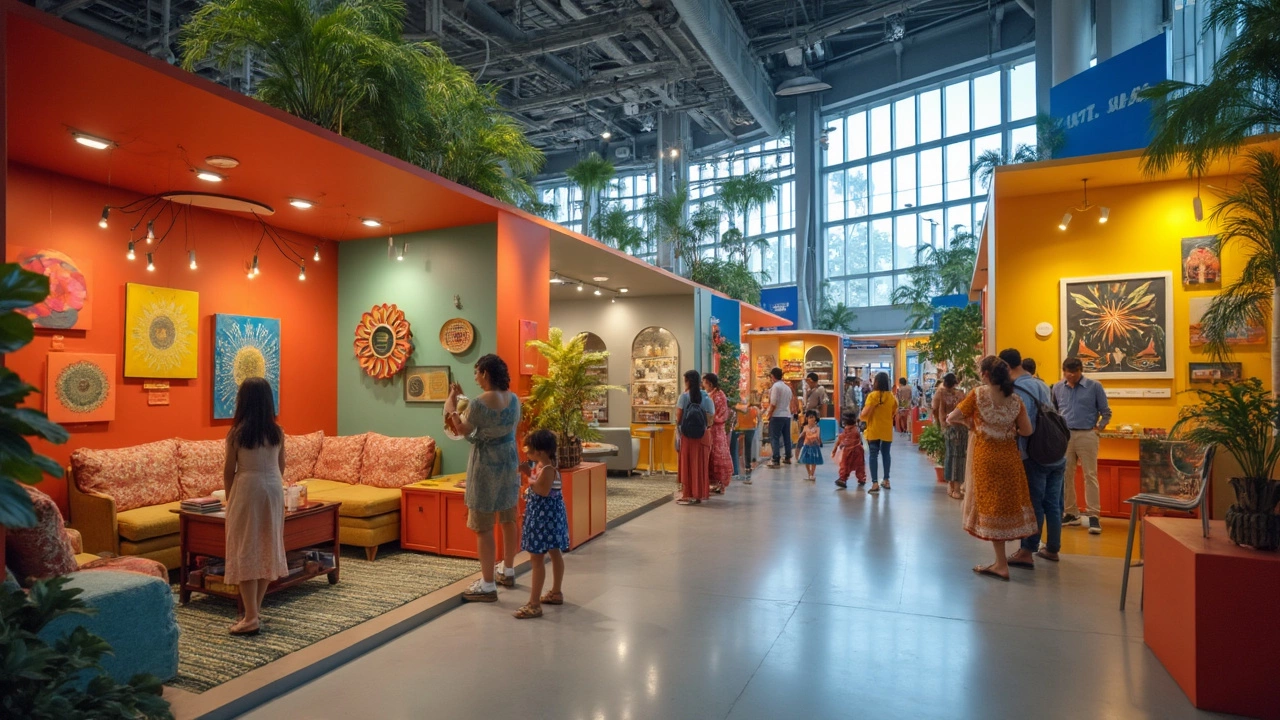
IKEA hasn't just dipped its toes in India—it took a leap. This story uncovers how India's booming middle class, rapid urban growth, and unique consumer habits convinced the world’s largest furniture retailer to set up shop here. Dig into the clever local strategies, surprising statistics, and practical lessons for furniture makers eyeing the Indian market. You'll see why India is ground zero for furniture retail experiments and what this means for local manufacturers. Practical tips and insider details make this a must-read for business owners, shoppers, and anyone curious about global giants in India. (Read More)

India is a powerhouse in furniture manufacturing, with several regions standing out for their unique strengths. From traditional craftsmanship to modern production techniques, choosing the right location can significantly influence the quality and cost of manufacturing. Learn about the range of materials, the skill levels of artisans, and the logistical advantages each region offers. This guide provides insights into the best places in India to kickstart or expand your furniture manufacturing. (Read More)
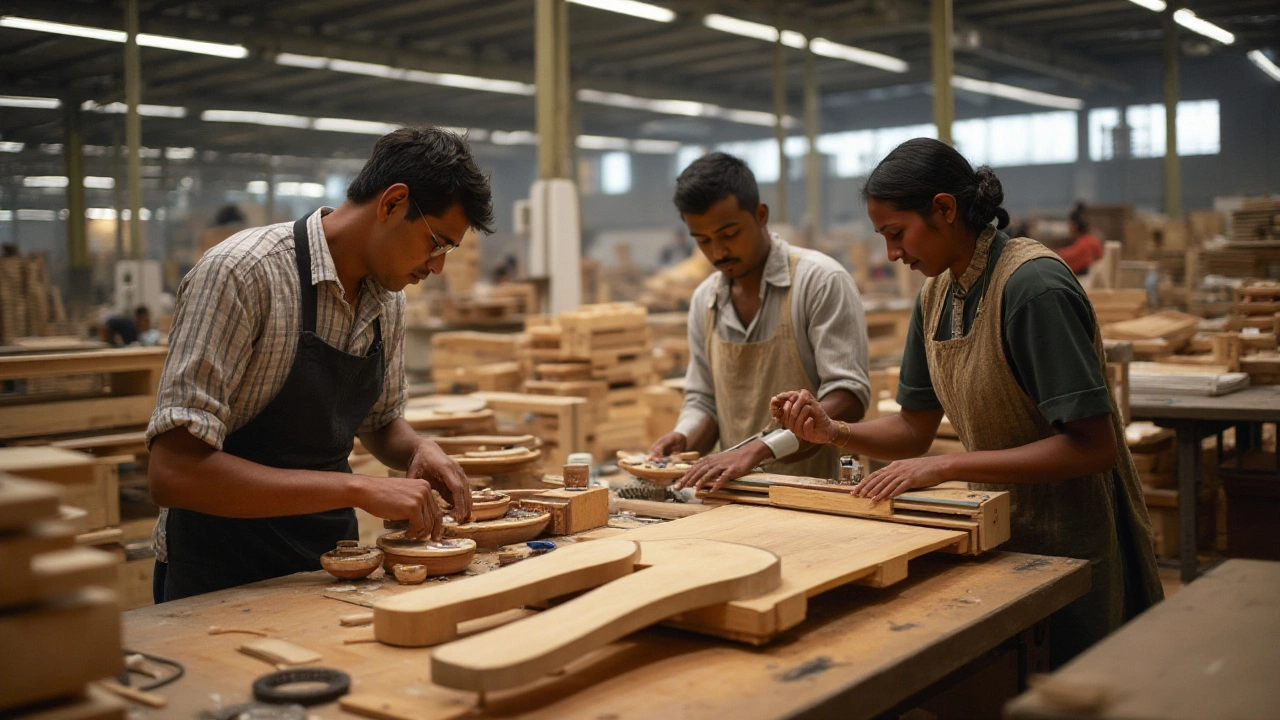
Ashley Furniture is among the leading furniture brands in the world, known for its classy, durable, and stylish furniture designs. This article explores where Ashley Furniture manufactures its products in India, its manufacturing processes, and the unique attributes that make its furniture a favorite globally. Readers will gain insights into the brand's strategic choices in manufacturing locations and the influence of local craftsmanship on their product lines. (Read More)





